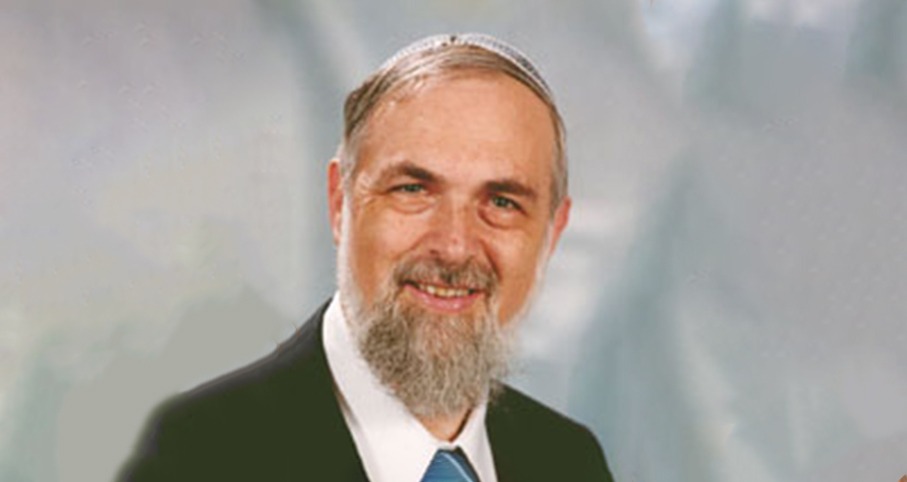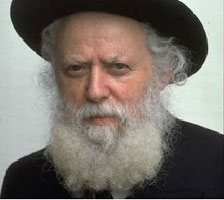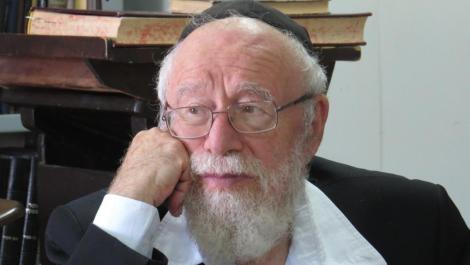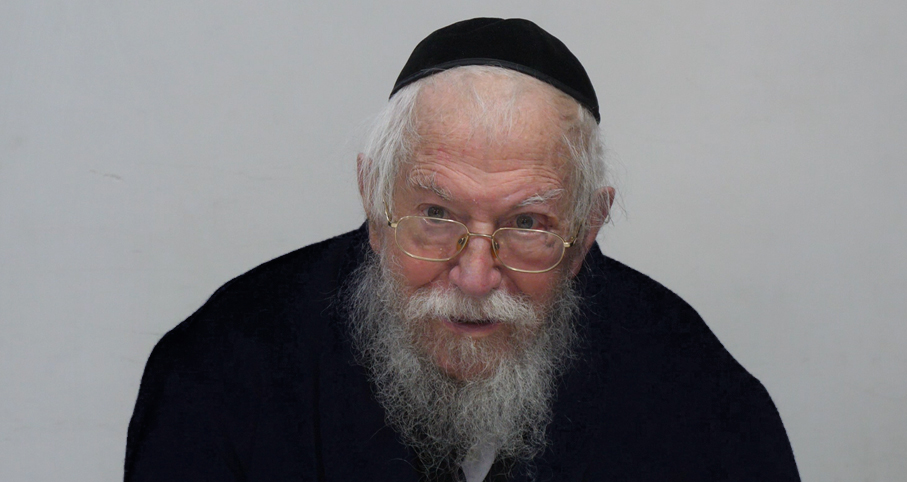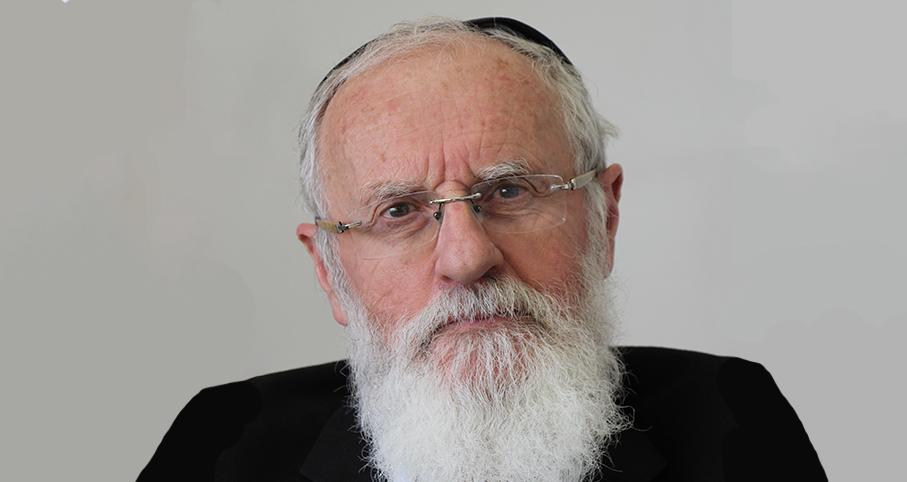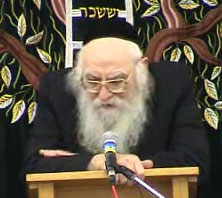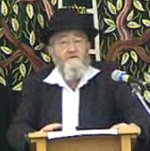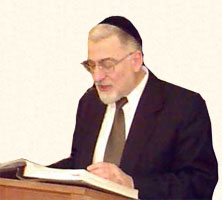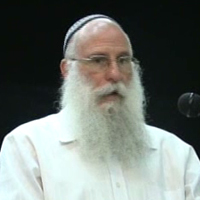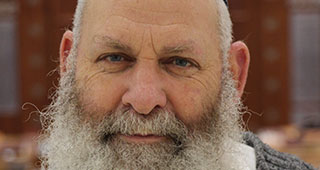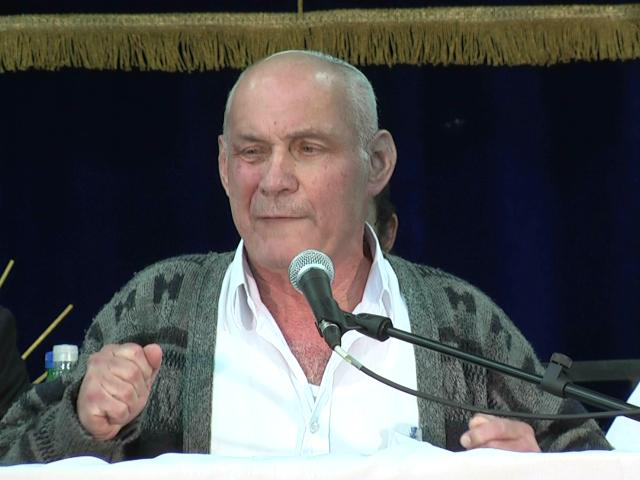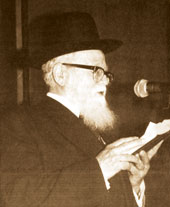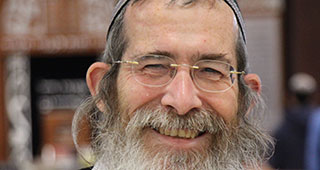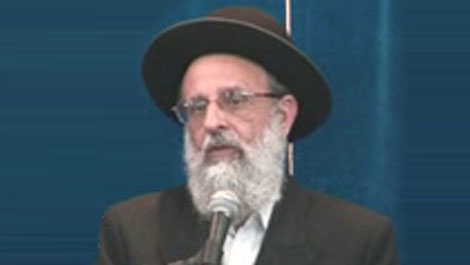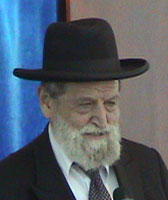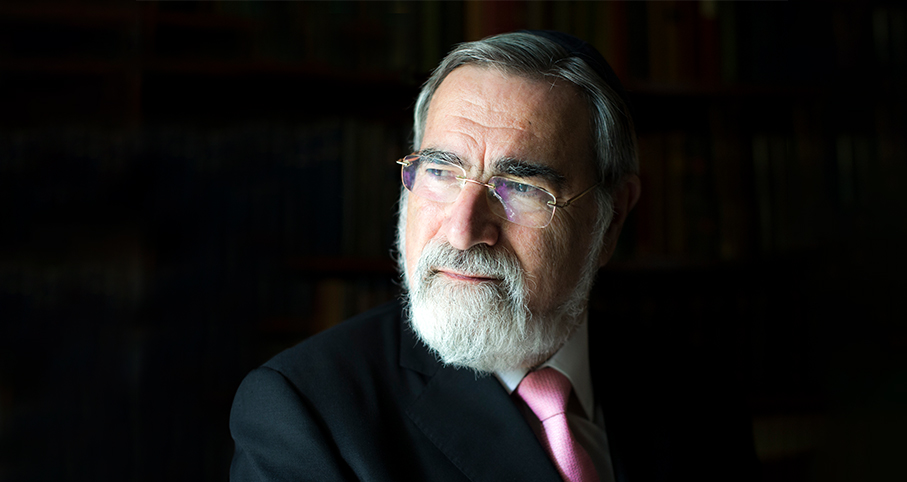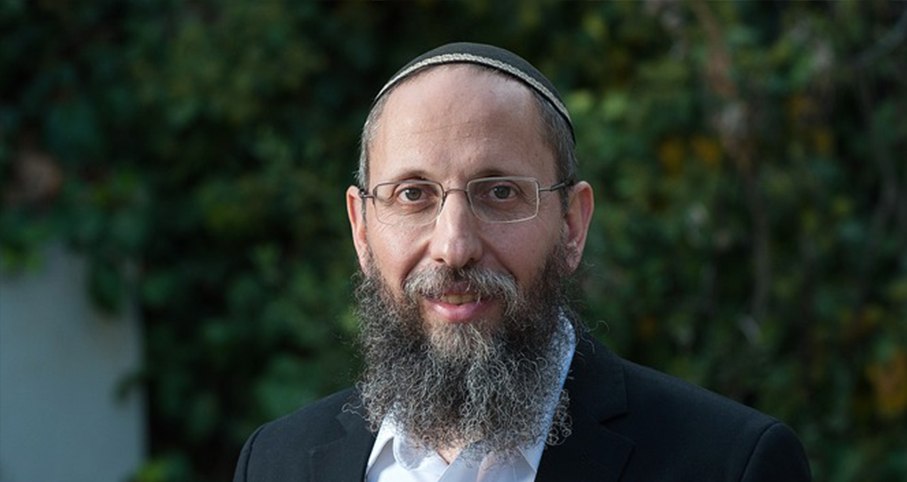Beit Midrash
- Library-Sifria
- Pninei Halacha
- Pesach
32.Meal Customs: Roasted Foods, Eggs
During the time of the Mishna, some communities had a custom to refrain from eating roast meat on Pesaĥ night, since it would look like they were eating the meat of the Paschal sacrifice – which must be roasted – outside the precincts of Jerusalem. Elsewhere, people did eat roast meat on Pesaĥ but did not roast a whole lamb, which would really look like offering the korban Pesaĥ outside the Temple. The Sages stated that each custom is valid: where the custom is to refrain from roasted meat, one should not eat it, and where the custom is to eat it, one may (Pesaĥim 53a). In practice, Yemeni Jews customarily eat roasted meat on Pesaĥ night, but all Ashkenazim and most Sephardim customarily prohibit roasted meat on Pesaĥ night (Ben Ish Ĥai, Year One, Tzav 30; Ĥazon Ovadia p. 175). We shall now specify the details of this prohibition:
The prohibition against roasted meat applies to all types of meat, even from species that could not be used as the korban Pesaĥ, such as beef and fowl. However, one may roast foods that do not require ritual slaughtering, such as fish and eggs (SA 476:2). Though the meat of the Paschal sacrifice was roasted over the fire and not in a pot, pot roast is nevertheless forbidden, because it looks like meat roasted over fire. It is likewise forbidden to eat meat that was first cooked and then roasted, because it looks roasted. However, meat that was first roasted may be cooked and eaten on the Seder night, because it looks cooked (MB 476:1; Kaf Ha-ĥayim 4 ad loc.). 30
Some have a custom to eat eggs during the Seder meal in order to recall the destruction of the Temple, as eggs are a sign of mourning, and because the first day of Pesaĥ always falls on the same day of the week as Tisha Be-Av (Rema 476:2). The Vilna Gaon explains that eggs commemorate the pilgrimage sacrifice (korban ĥagiga) that was eaten on the Seder night before the korban Pesaĥ. Therefore, the custom is to eat the egg from the Seder plate during the meal, as it is placed there to commemorate the korban ĥagiga (MB 476:11; Kaf Ha-ĥayim 25-26 ad loc.). Some people refrain from eating the egg from the Seder plate in order to keep the plate intact; they eat it on the following day (Ma’amar Mordechai 473:1). However, the widespread custom is to eat the egg from the Seder plate at the Seder.
As on any other Yom Tov, a distinguished feast should be prepared for the Seder night, with fine utensils and festive delicacies. One may drink wine during the meal; this is not considered adding to the four cups. However, one must be careful not to eat and drink too much, because the afikoman must be eaten with an appetite at the end of the meal (see below, section 33), and because one must be able to continue reciting the Hallel and the concluding songs without becoming too tired.
33.Tzafun – the Afikoman
After the Seder meal, we eat a kezayit (about a third of a machine matza) of the broken matza that was set aside at the beginning of the Seder. This matza is called the afikoman. After eating the afikoman, we do not eat anything else until we go to sleep, so that the taste of the matza lingers in our mouths (SA 477:1, 478:1). If the afikoman set aside at the beginning is not big enough to give each participant a kezayit, the Seder leader gives each participant a small piece of the afikoman together with additional shmura matza to constitute a kezayit. If there is not enough afikoman to give even a small piece to each participant, the leader may give out shmura matza to be eaten as the afikoman. Likewise, if the afikoman was lost, one may use a different piece of shmura matza instead (Rema 477:2).
One may drink water after eating the afikoman. After all, eating after the afikoman is prohibited only so its taste stays in our mouths, and water has no taste (SA 478:1, MB 2 ad loc.).
The word "afikoman" originally meant "dessert." On the night of the fifteenth of Nisan, the last thing one eats must be the meat of the Paschal sacrifice, so that its taste lingers with us, as the Mishna states: "after the Paschal sacrifice, we do not conclude with dessert (afikoman)" (Pesaĥim 119b).
Since we can no longer offer the korban Pesaĥ, the Sages ordained eating matza at the end of the Seder to commemorate the korban Pesaĥ. So that the taste of this matza remains in our mouths, nothing may be eaten after it. Since this matza is the final course of the Seder, it is in essence dessert. Therefore we call it "afikoman."
SA 477:1 explains that the afikoman commemorates the korban Pesaĥ, and just as the Paschal sacrifice was eaten "while satisfied" ("al ha-sova"), so too the afikoman must be eaten while satisfied. "Al ha-sova" means that one is already satiated but still wants to eat more. However, if one is so full that his appetite is gone, he does not fulfill the mitzva in the ideal manner, since he would prefer not to eat any more. If one is so stuffed that food is repugnant to him, but he nonetheless forces himself to eat the afikoman, this is called akhila gasa (gross overconsumption), which is not considered eating at all. One who does so does not fulfill the mitzva of eating the afikoman (MB 476:6, Kaf Ha-ĥayim 17 ad loc.).
The afikoman must be eaten in one place, because it commemorates the Paschal sacrifice, which had to be eaten in one place, as it is stated (Shemot 12:46): "It should be eaten in one house" (Rema 478:1, MB 4 ad loc.).
34.The Afikoman: Two Reasons, Two Kezeytim
As we have seen, according to most authorities the afikoman commemorates the Paschal sacrifice, which was eaten at the end of the meal (Ha-ma’or, Ramban, Or Zaru’a, Rosh, etc.). However, according to several major Rishonim (Rashi, Rashbam), the afikoman is actually the fulfillment of the fundamental mitzva of eating matza, which, they explain, must be eaten at the end of the meal along with the korban Pesaĥ. Since the Paschal sacrifice had to be eaten while satisfied, so must the matza. And even though we recite the berakha over the matza at the beginning of the meal, in their opinion the basic intention to fulfill the mitzva to eat matza must be at the end of the meal, when the afikoman is eaten.
Le-khatĥila, it is good to have both of these reasons – to commemorate the korban Pesaĥ and to fulfill the mitzva of eating matza – in mind while eating the afikoman. According to both opinions, the afikoman must be eaten while reclining to the left. However, if one forgets to recline, there is a difference between them: according to the opinion that the afikoman commemorates the korban Pesaĥ, one need not eat another afikoman while reclining. According to the opinion that the afikoman fulfills the mitzva of eating matza, reclining is a sine qua non. Therefore, if one forgot to recline while eating the afikoman, he should preferably eat a second one while reclining. However, if one is full and will have a hard time eating another kezayit of matza, he need not eat the afikoman a second time; he may rely on the mainstream opinion that the afikoman commemorates the korban Pesaĥ. Moreover, even according to Rashbam, since one intended to fulfill the mitzva of eating matza at the beginning of the meal, he has fulfilled his obligation even though, for Rashbam, that was not the proper time to have such intention. Therefore, failing to recline while eating the afikoman no longer prevents the fulfillment of the mitzva.
Some have a custom to eat two kezeytim of the afikoman, either because they want to show how desirable the matza is and thus eat a sizable portion to become fully satiated (Maharil), or because they want to allude to both reasons for eating the afikoman: one kezayit commemorates the korban Pesaĥ and another fulfills the mitzva to eat matza (Baĥ). However, this is not obligatory, and if one does not want to eat two kezeytim, he may eat just one and still keep both reasons in mind.
We have seen that, simply stated, a kezayit is about a third of a machine-made matza, and two kezeytim are about two-thirds. This is based on Tosafot’s stringent opinion about the size of a kezayit. In light of the fact that the afikoman is a rabbinic mitzva and that consumption of two kezeytim is subject to disagreement, one may certainly fulfill the mitzva of afikoman with a single kezayit of one third of a matza and, if necessary, with one fifth of a matza (based on Rambam’s smaller kezayit). And we have already learned that whoever eats the matza without interruption will certainly finish it within a shi’ur akhilat pras. 31
^ 30.. Grilled and smoked meats are considered roasted and are prohibited. R. Harari states in Mikra’ei Kodesh p. 488 that there are opinions that consider baked meat to be roasted. According to most poskim, frying is not like roasting. See AHS 486:4.
^ 31.. SA states that one must eat a kezayit of matza for afikoman. Darkhei Moshe quotes Maharil that one must eat two kezeytim for afikoman, and similarly, MB states in 477:1 "le-khatĥila, one should take two kezeytim." This is also the opinion of Kaf Ha-ĥayim 477:1. Sefer Ha-ĥinukh §21 implies that one can fulfill his obligation with less than a kezayit, and AHS 477:3 states that in an extreme situation one may use less than a kezayit, since the afikoman is only intended to commemorate the korban Pesaĥ. Responsa Ĥazon Ovadia §44 expands on this topic and presents other opinions, concluding that the mitzva is to eat one kezayit, although one who wishes to be stringent should follow MB. Several Aĥaronim write that the one may have in mind to fulfill both intentions with just one kezayit.
Regarding the size of a kezayit, see above section 23 and nn. 20 and 25, where we wrote that in unclear situations regarding Torah commandments or mitzvot that require berakhot we follow the stringent view of Tosafot – that a kezayit is the volume of half an egg. On the other hand, in unclear situations vis-à-vis rabbinic mitzvot with no berakhot we may follow the lenient view of Rambam – that a kezayit is less than one third of an egg, or c. one fifth of a machine matza. Therefore, regarding the rabbinic mitzva of eating the afikoman, for which only a minority of poskim maintain that one must eat two kezeytim, one may certainly fulfill the stringent opinion that eating two kezeytim of afikoman can be fulfilled by eating one fifth of a matza, since according to many Ge’onim and Rishonim a kezayit is the size of a common olive. One fifth of a matza thus constitutes several kezeytim by this standard. Regarding shi’ur akhilat pras, see above section 25 and n. 22.
See section 25 for a discussion of the measurement of akhilat pras; in general, the most stringent opinion is that the time of akhilat pras is four minutes, and the median opinion is that it is between six and seven minutes. Since afikoman is a rabbinical decree and no berakha is recited on it, one can eat the afikoman in 6-7 minutes, and even if he ate it in nine minutes, he fulfills his obligation, since we follow the lenient view in an unclear situation vis-à-vis rabbinic mitzvot with no berakhot.


